Vanilla: an olfactory treasure with many facets
A material with sweet and comforting aromas, vanilla is one of the most prized treasures in perfumery.
For centuries, it has embodied warmth, sensuality, and exoticism, bringing a gourmet, enveloping, and soothing touch to fragrance creations. But behind this apparent softness lies a fascinating olfactory richness that varies depending on its origin, variety, and the form in which it’s used.
A unique flower in the world
Originally from Central America, vanilla is the fruit of a climbing orchid. While it was once pollinated naturally by a specific species of bee, the process is now performed manually by humans. This discovery, credited to a French botanist named Edmond Albius, dates back to 1841. He successfully understood and implemented hand pollination of the vanilla flower, an innovation that revolutionized the cultivation of this orchid and enabled its spread beyond its natural habitat.
Since then, each flower must be pollinated by hand, making vanilla cultivation extremely labour-intensive and, therefore, costly.
This precious material, carefully processed, reveals a complex and warm aroma that found its place in perfumery as early as the 19th century. Vanilla quickly became a staple ingredient, particularly cherished for its olfactory depth.
In perfumery, there are three main types of vanilla:
- Bourbon vanilla: Grown in Madagascar and the Comoros, it offers a rich, creamy, and comforting scent with hints of caramel and plum.
- Planifolia vanilla from Mexico: Drier and slightly smoky, it can evoke woody and leathery notes.
- Tahitensis vanilla: Mainly cultivated in Polynesia, it stands out for its more floral, almost liqueur-like tones with an exotic sensuality.

The different forms of vanilla used in perfumery
Vanilla can be processed in various ways in perfumery, each revealing a different facet of its olfactory identity:
- Vanilla Tincture: Made by macerating vanilla pods in alcohol for at least a month, this artisanal method reveals a raw, authentic, and subtle vanilla. It is now rarely used because it is less stable and less powerful than other forms.
- Vanilla Absolute: Extracted using volatile solvents, it concentrates all the richness of the pod. It offers warm, balsamic, sweet, and powerfully sensual notes. This is the most precious form used in natural perfumery.
- Synthetic Products: Vanillin and ethylvanillin are widely used synthetic versions in traditional perfumery. Sweeter and more linear, they replicate the typical scent of vanilla but without its vegetal or spicy complexity.
Naivasha and Nectar: two visions of vanilla
In the Kanopé universe, vanilla appears in several creations, notably Naivasha and Nectar, two perfumes that showcase the diversity of this material.
- Naivasha evokes the warmth of wood and the enveloping softness of vanilla. Blended with cedarwood and sandalwood, the vanilla here is round, soothing, and deep. This fragrance embodies a moment of inner calm, inspired by Lake Naivasha in Kenya - a place where I discovered the vastness of a starry sky - lulled by the sounds of the savanna.
- Nectar offers a sunnier, more gourmet interpretation. Vanilla mingles with frangipani flower and coconut to create a sweet, exotic, and sensual perfume. This composition invites to escape, a dream of vacation under a gentle sun, between warm sand and turquoise sea.
Vanilla: an infinite sensory journey
What we love about vanilla is its ability to weave connections between ingredients, to soften without overpowering, to enhance without dominating. It pairs as well with woods as it does with flowers, resins, or citrus. Each creation it enters tells a new story.
At Kanopé, we enjoy playing with contrasts, mixing the familiar with the unexpected to bring out unique fragrances. With vanilla, every composition becomes a cocoon, a moment of softness… or boldness.


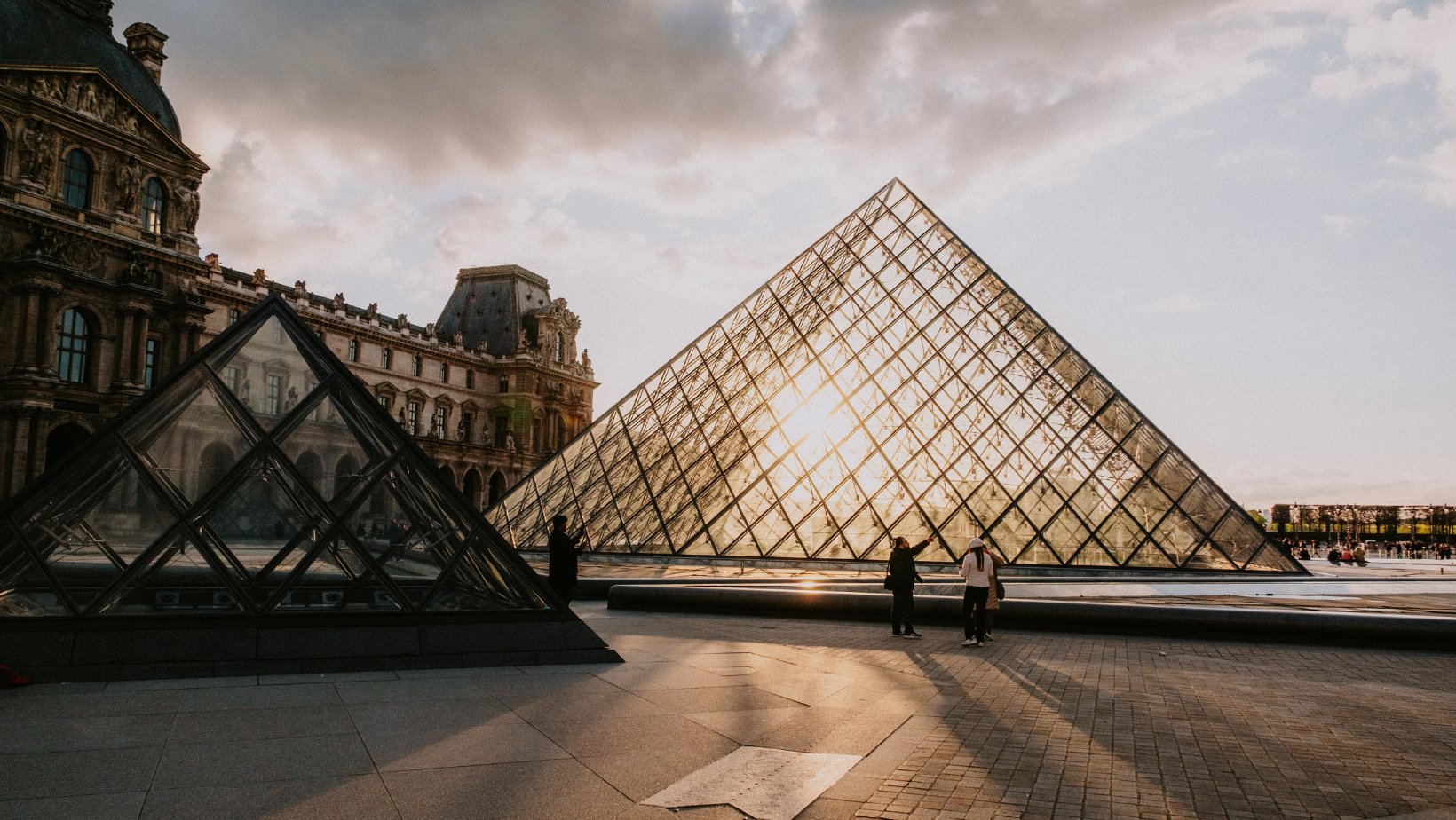


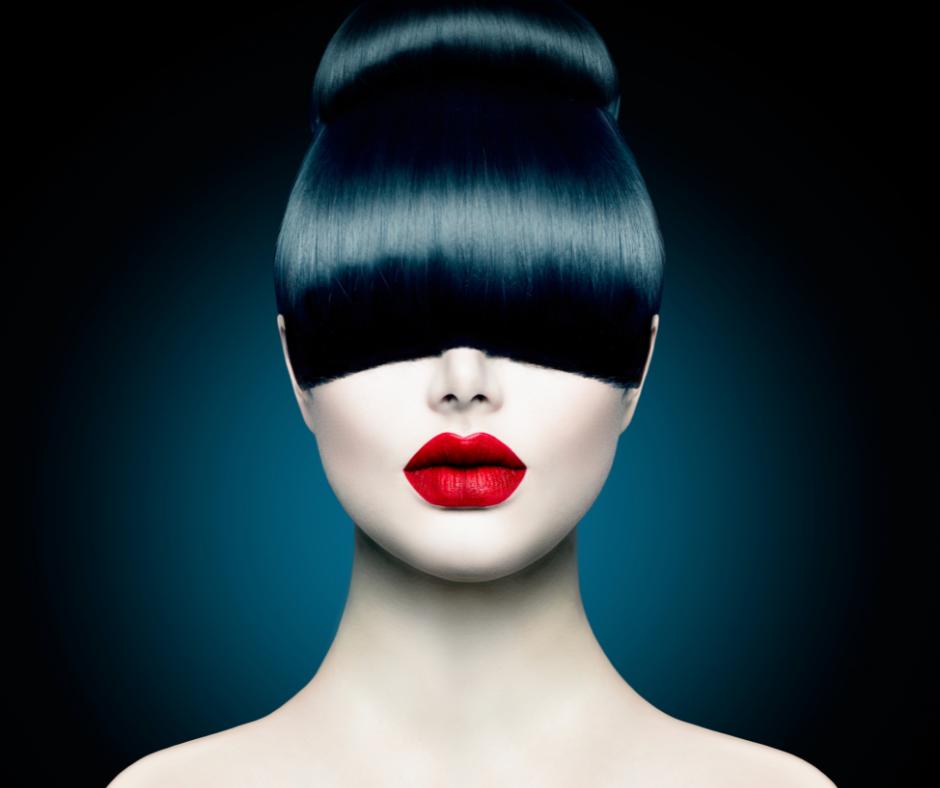
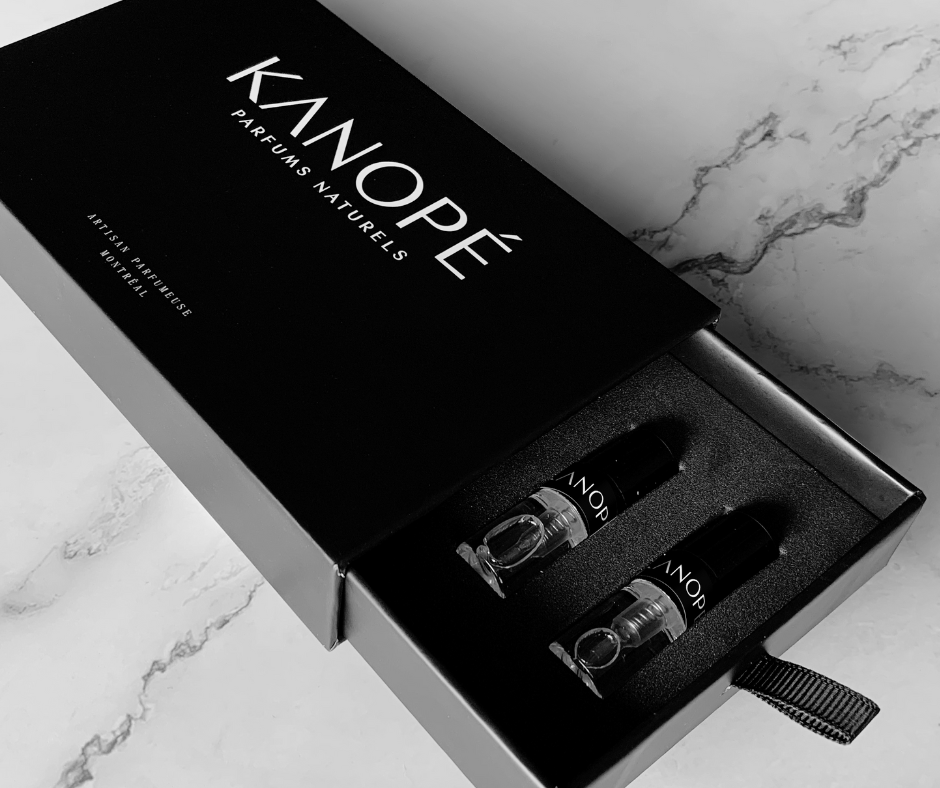

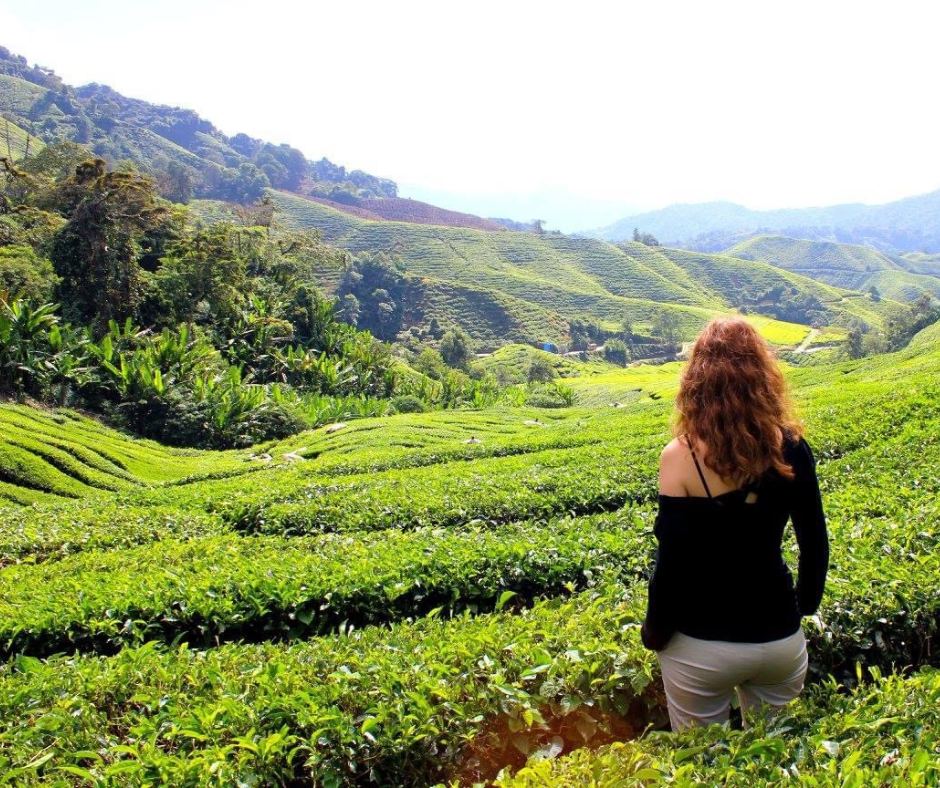
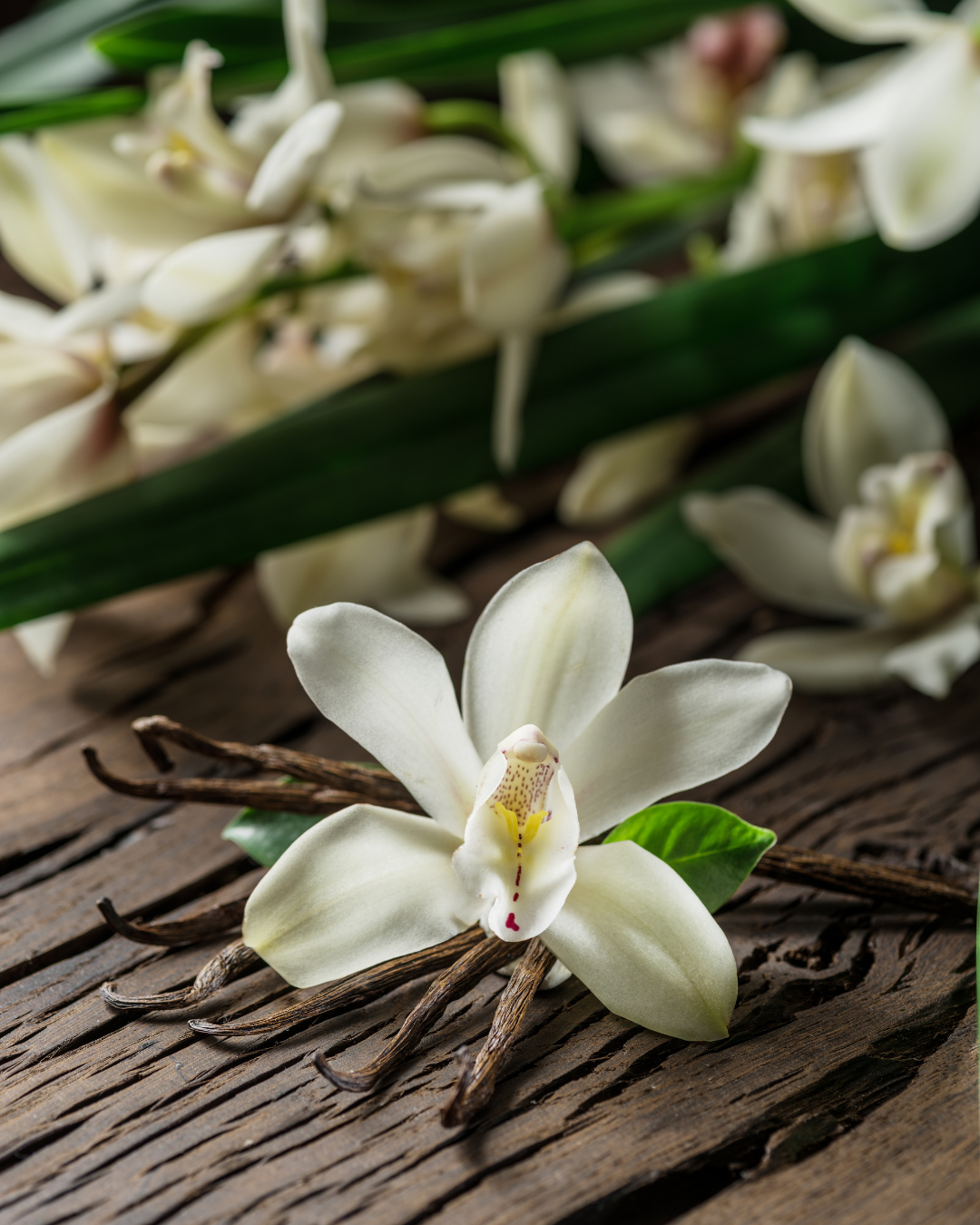
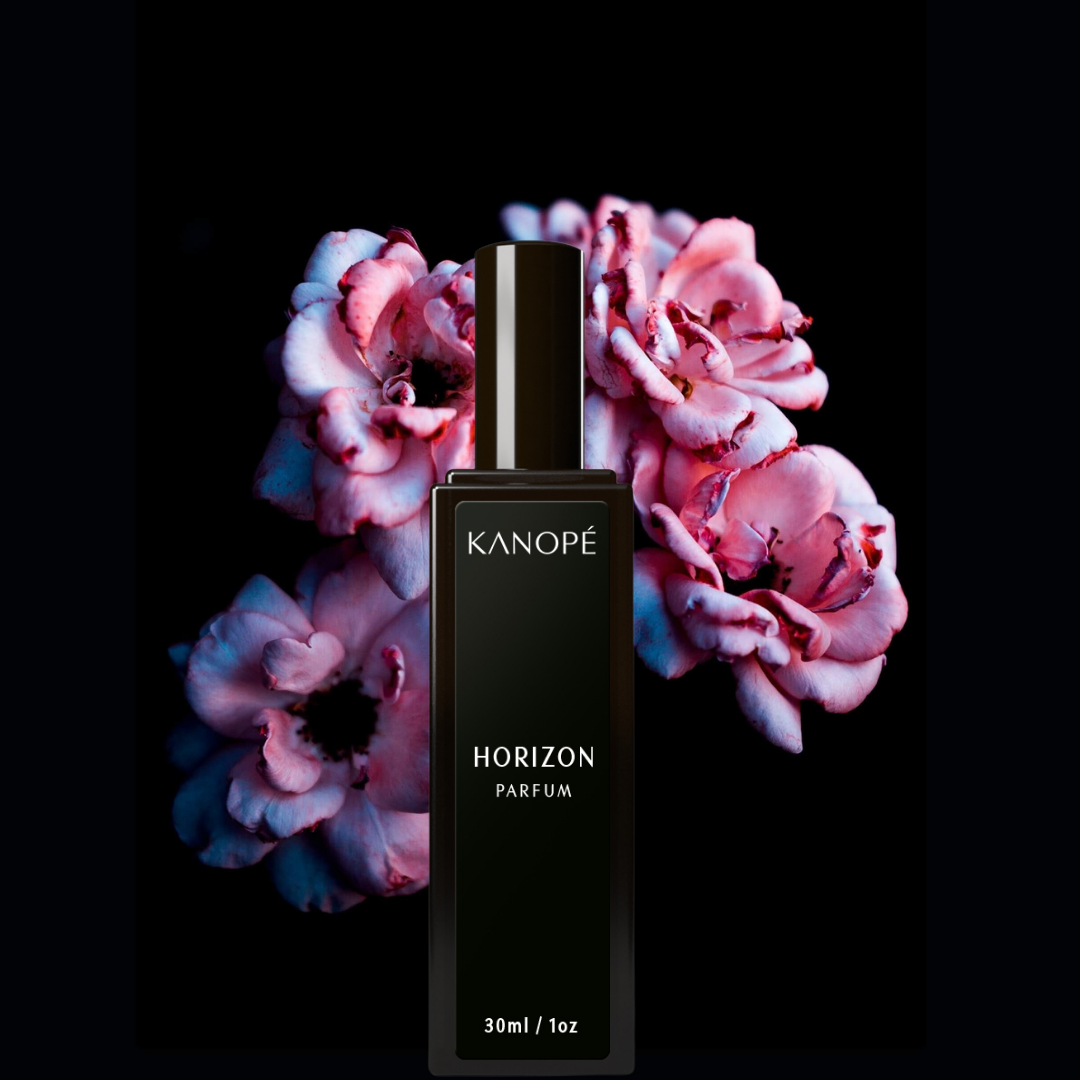
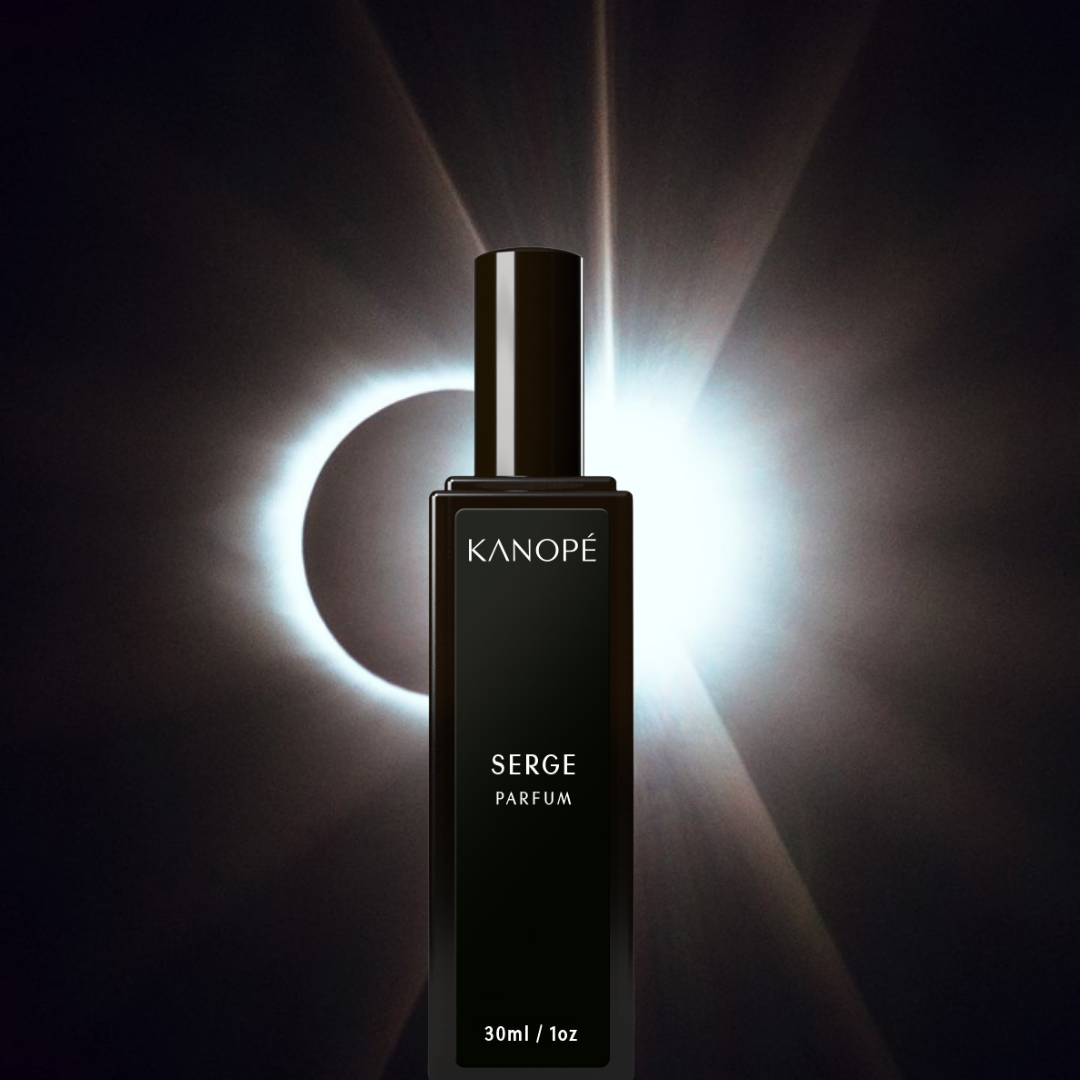
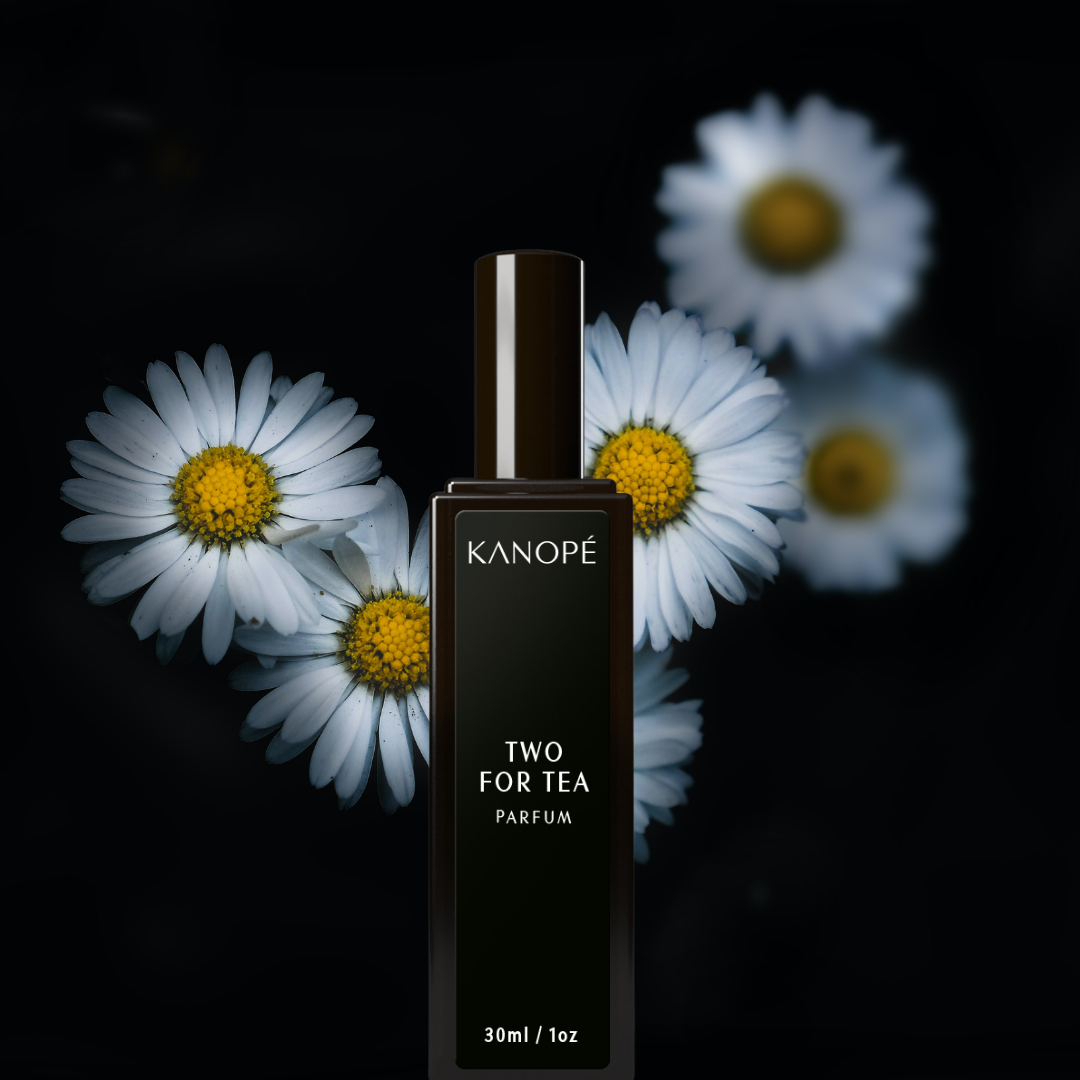
Leave a comment